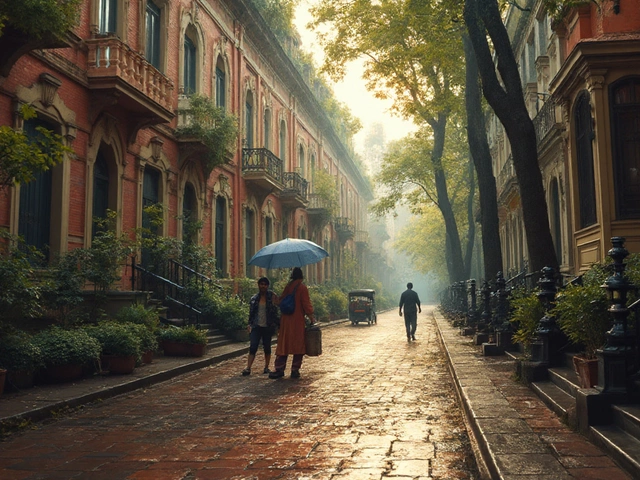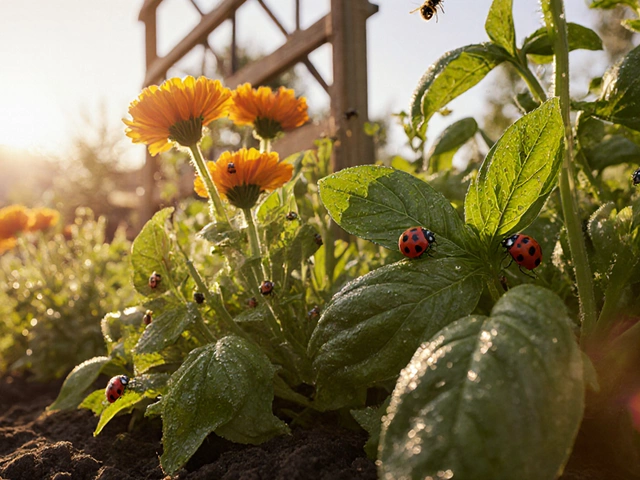Bonsai Lighting: The Complete Guide for Healthy Mini Trees
When working with bonsai lighting, the practice of providing the right light to miniature trees so they grow like full‑size counterparts. Also known as mini‑tree illumination, it blends art and science to keep foliage green and roots strong.
Why Light Is the Lifeline of a Bonsai
Every bonsai, just like a regular tree, relies on light for photosynthesis, which drives growth and root development. Bonsai, a cultivated dwarf tree grown in a container needs specific light intensity, spectrum, and duration. Too little light leads to leggy stems, while too much can scorch delicate leaves. Understanding this balance is the first step to a thriving collection.
The two main light sources are natural sunlight, the full spectrum of daylight that changes with season and location and LED grow lights, artificial lamps engineered to emit specific wavelengths for plant growth. Natural sunlight delivers a broad spectrum that most bonsai species love, but indoor setups or cloudy climates may require supplemental LEDs.
bonsai lighting encompasses three core attributes: intensity (how bright), duration (how long each day), and spectrum (which colors). The intensity is measured in foot‑candles or lux; most indoor bonsai thrive around 2,000–3,000 lux, while outdoor specimens can handle over 10,000 lux in full sun. Duration typically mirrors the plant’s native habitat—15‑16 hours for tropical species, 10‑12 hours for temperate varieties.
Choosing the right LED grow light means looking at wattage, coverage area, and color temperature. A 3000K cool white light promotes vegetative growth, while a 6500K daylight‑balanced bulb encourages strong leaf development. Many growers combine a 3:1 ratio of cool to warm LEDs to mimic sunrise‑sunset cycles, which improves overall vigor.
Placement matters just as much as the bulb itself. Position the light source 12‑18 inches above the canopy for most indoor bonsai; adjust the distance if you notice leaf bleaching (sign of excess light) or pale leaves (sign of deficiency). Rotate the pot daily to avoid uneven growth, a simple trick borrowed from larger orchard practices.
Seasonal changes also affect lighting strategy. In winter, daylight drops dramatically, so increase artificial light hours or boost LED intensity by 20‑30 %. Conversely, during summer, you may reduce supplemental lighting to prevent overheating. This seasonal dance mirrors what full‑size trees experience in nature.
Common mistakes include using regular houseplant bulbs, which lack the red spectrum that bonsai need for root health, and ignoring humidity. Pair any artificial light with a humidifier or pebble tray to keep leaf edges from drying out. Remember, light and moisture work hand in hand.
Now that you understand the why and how of bonsai lighting, you’re ready to explore the specific tips, tools, and troubleshooting tricks we’ve gathered. Below you’ll find a curated list of articles covering everything from balcony lighting tricks to indoor grow‑light setups, each aimed at making your mini trees look their best.
What Is the Golden Rule of Bonsai? Explained
Learn the golden rule of bonsai-a simple principle that keeps miniature trees healthy and natural. Get step‑by‑step guidance, common pitfalls, and a handy checklist.
About
Bonsai Care
Latest Posts

What Is the One Vegetable That Damages Your Insides? The Truth About Nightshades in Indian Gardens
By Alden Thorne Oct 27, 2025

Victorian Terrace House: Key Features, Layout, and How to Spot One
By Alden Thorne Sep 9, 2025

Grow Fresh Vegetables in Your Kitchen: A Complete Guide
By Alden Thorne Jan 1, 2025

